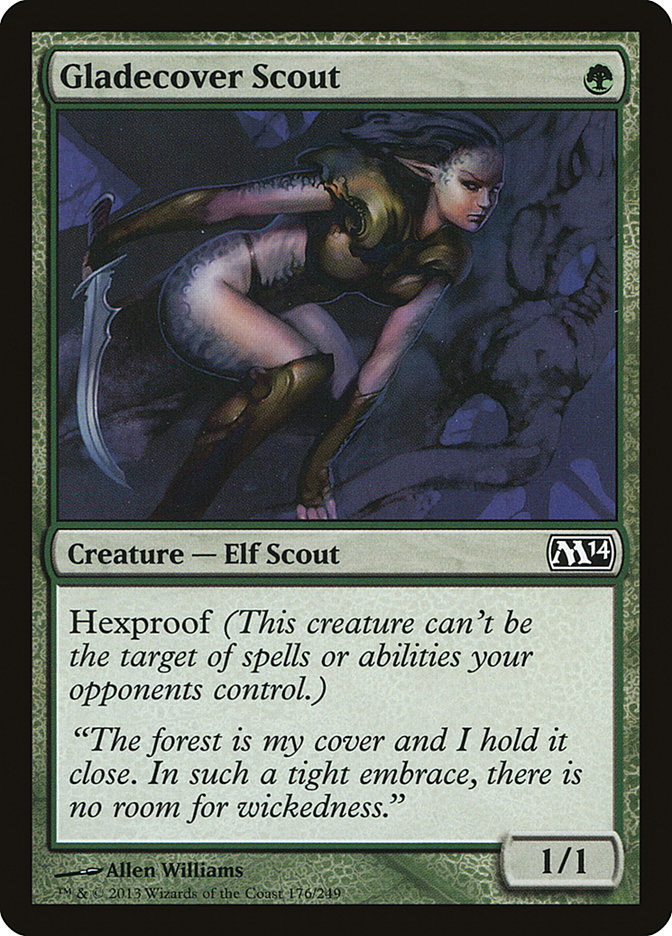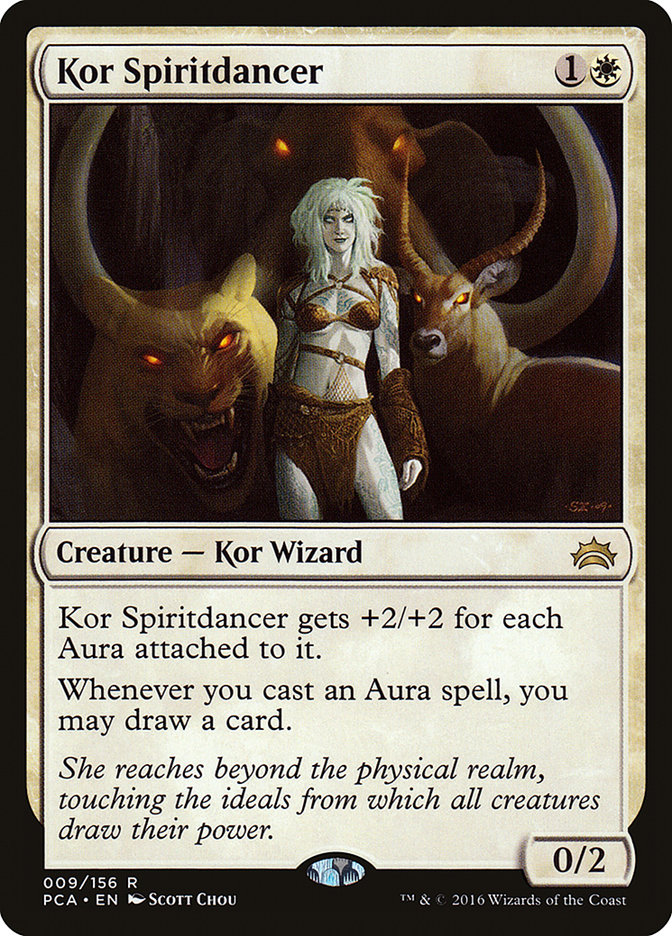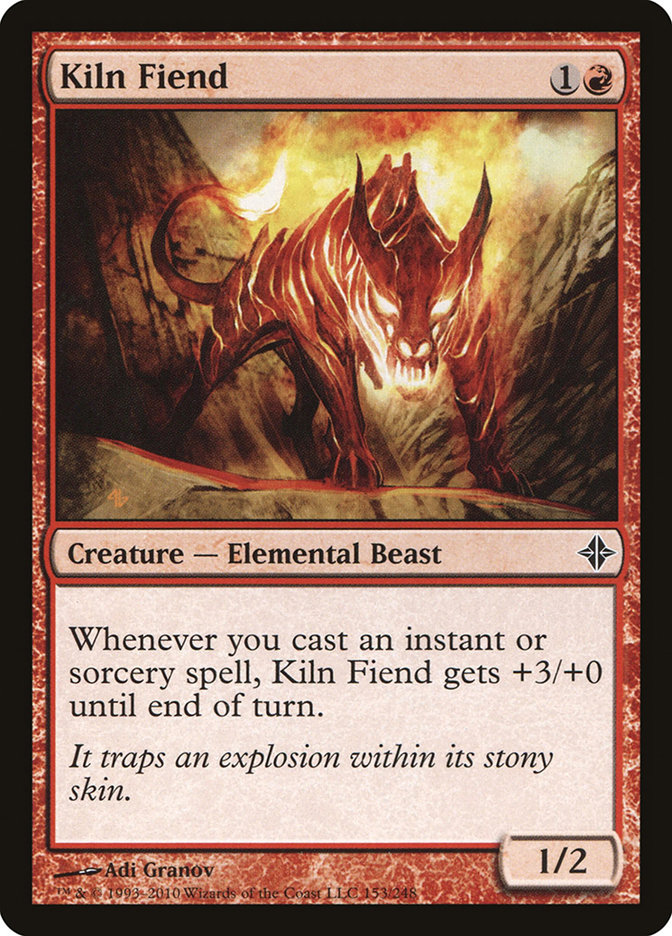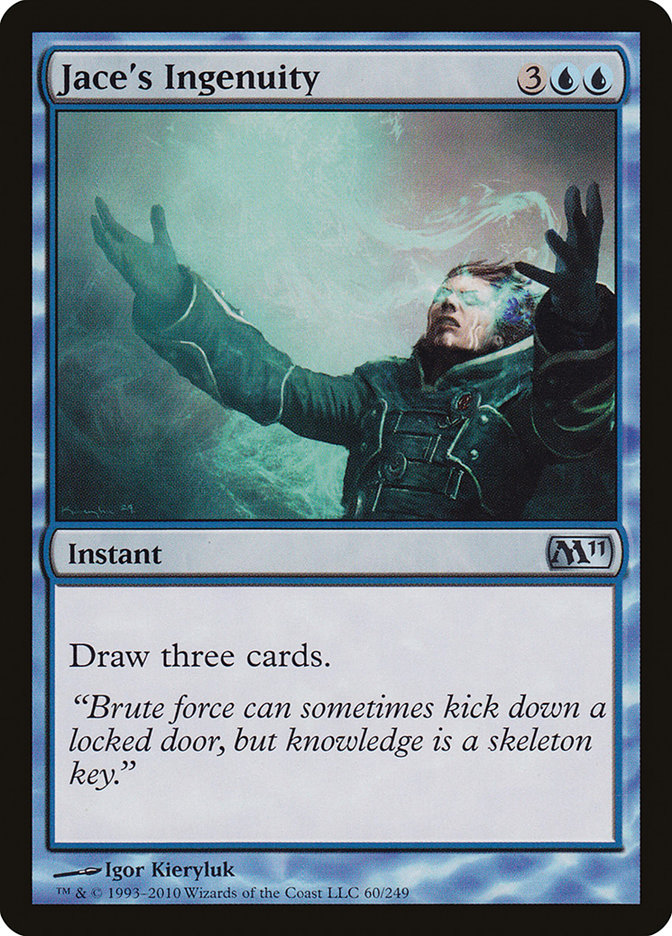Modern is too big for a single day’s article. Yesterday, I showed everybody the decks that I would be most likely to play if I were to be attending #SCGRegionals. What else could I play? Part of loving Modern is loving different decks in Modern, including some of the options that hang out in the left field.
Many events (particularly high-money events) will feature players that are less experienced in a format that are local to the event and just want to play. The best way to beat these players in Eternal formats is to attack from an angle they aren’t familiar with, or one that they think they know, but aren’t equipped to handle.
Modern is such a powerful format, that it’s easy to capitalize on the opponent misunderstanding your deck and taking the wrong card with an Inquisition of Kozilek, not leaving enough creatures back to block, or even just tapping the wrong mana at the wrong time. Modern tends to be a battle of inches, and I’m in the business of eking out as many percentage points as I can.
It’s no secret that I love slippery U/G hybrid creatures, but seriously. If you haven’t taken this deck for a whirl, you’re doing yourself a serious disservice.
Creatures (12)
Lands (21)
Spells (27)

Everyone always tends to make analogies about “taking a knife to a gunfight” or something to that effect, but the Hexproof deck takes a very different approach. It’s easy to justify bringing a not-gun to a gunfight, so long as you are wearing a bulletproof vest. Hexproof creatures, by nature, are strong against any of the decks in Modern that are trying to do silly things along the lines of “interacting.”
It’s easy to say something like “Oh, you just Liliana of the Veil them and they die,” but it’s rarely that easy in practice. What if the Hexproof player sandbags a fetchland for a Dryad Arbor (in response to Liliana’s -2)? What if the Hexproof player draws multiple hexproof creatures to protect the one they start suiting up?
“Everybody has a plan until they get punched in the mouth.”
I tend to lean towards Kor Spiritdancer over Silhana Ledgewalker because the pace of Modern is incredibly quick at the moment, so having the explosiveness of Kor Spiritdancer has been more valuable than the conservative safety of Silhana Ledgewalker.
Most of the maindeck here is pretty standard (er, Modern). The sideboard is where things get fancy…
Not every deck is playing removal. The Puresteel Paladin deck doesn’t play anything that interacts with the opponent. Ad Nauseam just tries to not die as it executes its gameplan. Tron sideboards out spot removal against Hexproof.
That’s when Glistener Elf comes in (shout out to StarCityGames.com’s own Tom Ross for originally testing this technology several years ago). In matchups where the opponent doesn’t play removal, Gladecover Scout and Slippery Bogle are effectively 1/1s for one mana with blank text boxes. Glistener Elf is closer to a 1/1 with double strike for a single green.
Even against some decks that do play removal, Glistener Elf is just a way to speed up the clock against decks that may be faster. Infect tends to pack Dismember (and Vines of Vastwood allows them to interact), but trying to operate as a turn 4 deck just doesn’t cut it against Infect. Glistener Elf allows the Hexproof deck to use Auras kill the opponent on turn 3 with several different iterations of the following curve:
Turn 1 – Land, Glistener Elf
Turn 2 – Land, Aura, Aura, attack with Glistener Elf
Turn 3 – Aura, (Aura,) attack with Glistener Elf
Glistener Elf is almost a textbook example of a sideboard card in the context of Hexproof (a situational card that swings matchups that would otherwise be unfavorable) and it likely has a role in the deck for as long as the metagame tends to err towards the more aggressive and unfair archetypes.
The Glistener Elf strategy doesn’t always work two games in a row; people are more likely to bring in their spot removal after seeing the Elves in a game, especially since those spot removal spells also hit an unprotected Kor Spiritdancer. Part of Hexproof’s draw is how powerful the deck is during the first game, and changing the angle and speed of your aggression during the second game leads to a higher number of free wins.
Magic Streamer Daniela Diaz has been having reasonable success on her Magic stream tuning her U/R Kiln Fiend deck despite Gitaxian Probe’s banning.
Creatures (13)
Lands (17)
Spells (29)

The theme of this particular article has stuck to the idea of taking the opponent by surprise and attacking from an angle that the opponent may be less likely to be prepared for. Decks that are as explosive as this one tend to push that theory to the extreme.
Unlike the format’s other premier pump-spell deck, Infect, the Kiln Fiend deck has help from the opponent. Thoughtseize, Mutagenic Growth, Shocklands, Fetchlands, and Dismember aren’t as free as they would be against an opponent that isn’t attacking their controller’s life total. The Kiln Fiend aggro deck has the ability to punish the opponent for playing the wrong lands out of their deck in the early-game. If the opponent mis-sequences a combat trick or even pays life for their shocklands one too many times, they die.
Both Kiln Fiend and Thing in the Ice have the ability to grow to half of the opponent’s life total (or more) very quickly and very cheaply (convenient for a Temur Battle Rage deck). Casting Noxious Revival on the upkeep is relatively common, and paying a lot of life to deal just a little bit more to the opponent is the name of the game.
Diaz exacerbates the “new plan out of the sideboard” ideology by playing a single Watery Grave in the maindeck for black cards out of her sideboard. Sometimes a deck wants seven copies of Lightning Bolt-esque removal spells for a matchup. I have to applaud Diaz for knowing exactly the effect she wants for that matchup and not settling for something like Flame Slash, Electrostatic Bolt, Forked Bolt, Electrickery, or Magma Spray.
Looking Behind the Curtain
“We’ve got a reader!” is a common joke that people make about those who read cards as they figure out what a person might be up to, but it isn’t just newer players who can be taken advantage of from time to time in a format as diverse as Modern. Just thinking of decks to talk about for Modern articles, I was able to think of almost 120 different archetypes and variations of decks that one could run into in any given tournament hall.
How do you protect against “getting got” by someone employing off-the-wall strategies? The tricky thing is that there isn’t a catchall set of rules or anecdotes that will teach you everything you need to know about every deck in Modern. A couple of weeks ago, I covered a few ways to try and deduce the opponent’s general gameplan, but Modern’s diversity lends itself to decks doing a lot of tricksy things.
The best advice that I can give is just to play games of Magic against as many people as possible. To the right of this very article, there are links to hundreds of decklists that are performing well at StarCityGames.com tournaments. Some of the decks are conventional, and some decks…aren’t.
“Brute force can sometimes kick down a locked door, but knowledge is a skeleton key.”
When preparing for a test, it is does a world of good to see the source material and absorb as much as possible. Magic isn’t particularly different, doubly so when trying to predict archetypes or understand what an opponent is doing. Remember, there’s no downside to learning.
Good luck this weekend at #SCGRegionals, and may your favorite players do well at the Pro Tour*!
* But just a little bit worse than Ian Bosley and Autumn Burchett.








